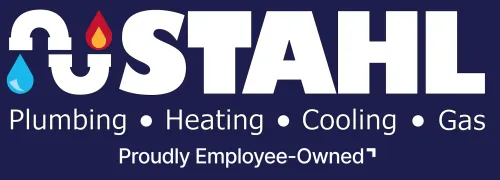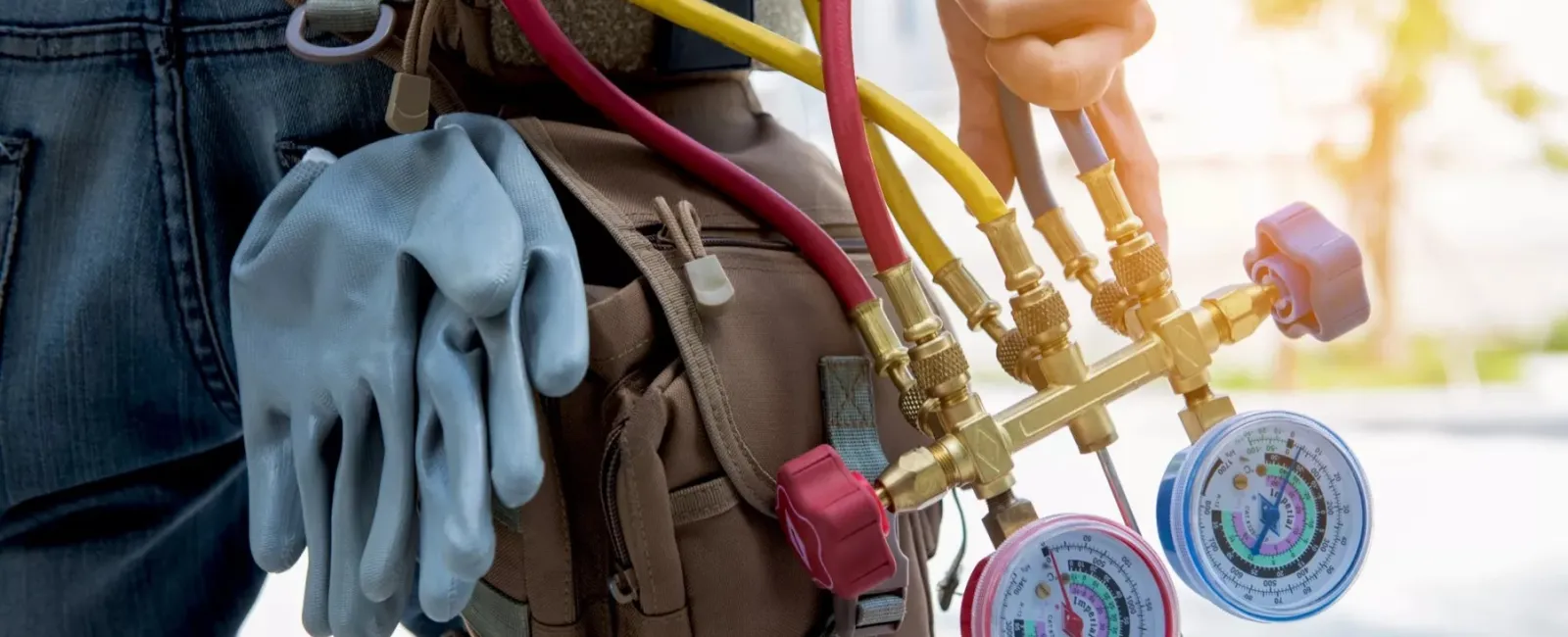A clogged kitchen drain is not a problem you can ignore. Your kitchen sink is a crucial utility in your home, and blockages can disrupt your ability to cook and clean—and potentially create an overflow hazard, if left ignored.

Some basic kitchen sink care and maintenance can go a long way toward reducing the rate of cloggings in your pipes, and alleviate the stress that comes with having to troubleshoot clogs and/or contact a specialist to schedule service. If your kitchen sink is clogged, there are simple steps you can take to remove this clog and prevent future blockages from accumulating in your pipes. Here's a look at the causes of these clogs, how to clean them out, and how to keep them from coming back.
Causes of a Clogged Kitchen Sink Drain
Most causes of a clogged sink drain are relatively straightforward. But understanding the potential cause for this blockage can facilitate a faster resolution to the problem.
Clogs can develop from the following causes:
- Accumulated buildup of fat, oil, and/or grease. In many cases, problems develop when grease, oil, and fat are poured down a sink in a liquid state, only to cool and solidify inside the pipe. Over time, this can cause an accumulation of solids that can harden and be impossible to remove without the help of a plumbing specialist.
- Food waste blockage in the pipe. Large food particles can get caught in the pipe and create a partial blockage. If the food waste stays stuck, it can cause further accumulation that can completely block the flow of water through your pipes.
- A jam in your garbage disposal. If your sink is equipped with a garbage disposal, food or other materials can get stuck in the disposal and create a blockage near the opening of your sink drain.
How to Fix a Clogged Kitchen Sink
While some clogged sink drains may require the help of a plumbing specialist to remove the blockage without damaging your plumbing, there are some simple at-home tricks you can use to try and break up the clog on your own. Try the following:
- Run your garbage disposal and listen for a proper humming sound. When your garbage disposal is running properly, it should create a whirring sound caused by the rotors moving fast. If jammed, you might hear a grinding, clicking, or other abnormal sound. Turn off the garbage disposal and inspect its opening for food, utensils, bottlecaps or other materials that may be stuck.
- Pour a gallon of hot water down your sink. If fat, grease, and/or oil have formed a blockage in your pipe, hot water could partially melt this buildup, and restore some function to your drain. You may still need a plumber to fully remove the blockage.
- Break up a clog with a plunger. Just as you would unclog a toilet, a plunger can be a useful tool in a pinch.
- Use a snake to clear out the drain pipe. If you own a snake cleaner, you can use this to try and break up the blockage in your pipe.
- Empty out the sink trap. The U-shaped trap in your pipe is a likely location for clogs to develop. While it's easy to remove this pipe with some basic home tools, it can also be messy, which is why some homeowners prefer to leave this work to a professional.
If simple DIY tricks don't break up the clog, it's time to call a plumbing specialist.
When to Replace Kitchen Sink Drain Parts
Most (kitchen sink drains) can continue to function normally once clogs are removed. In some cases, though, chronic clogging may actually be a sink that there's a problem with the pipe—either due to damage, or due to non-standard pipe sizes in an old home. If you're experiencing frequent cloggings that require a visit from a plumbing specialist, it may be more cost-effective to replace parts of your kitchen sink piping to improve the flow of water and materials.
Additionally, if you damage the sink piping when attempting to clean out a clog, you might want to replace that section of pipe with a new piece.
Preventing Future Kitchen Sink Clogs
The best way to address kitchen clogs is to prevent them from developing in the first place. You can achieve this throw the following preventative measures:
- Continue running water after food or other debris goes down the drain. If you shut off water as soon as food goes down the drain, it can cause the debris to get lodged in the pipe, increasing the risk of a future blockage.
- Reduce the amount of food debris disposed of through the kitchen sink drain. Compost bins and the trash are better options to dispose of food scraps. Use your garbage disposal only as an option to clear out buildup, not as a waste disposal tool.
- Never pour liquid fats and oils down your (kitchen sink drain). Instead, pour grease and liquid fats into a separate container where they can cool and turn solid. Then dispense of this grease in your trash or compost.
- Filter large particles through a kitchen drain screen. These screens are cheap to purchase, simple to use, and can block large debris from entering the pipe.
With some simple preventative steps, your household might be able to drastically reduce the frequency of clogs in your kitchen pipes, saving money on plumbing costs and preserving the integrity of your home's plumbing.

